Home
Walking and Cycling
Walking and Cycling

We know that people are more likely to feel safe and comfortable walking, scooting, wheeling or cycling on roads without lots of traffic.
We have assessed the impact of LTNs on:
There are no datasets that allow us to evaluate what the impact of the LTN on walking has been. Cyclists are identifiable on most general traffic counts so the methodology for data collection is the same as for motor traffic.

Healthy Routes assessment
In order for any given street to be classified a Healthy Route, it needs to meet certain criteria as set out in Lambeth’s Transport Strategy:
The maps below show the pre-LTN and post-LTN Healthy Route pass/fail criteria:
BEFORE:
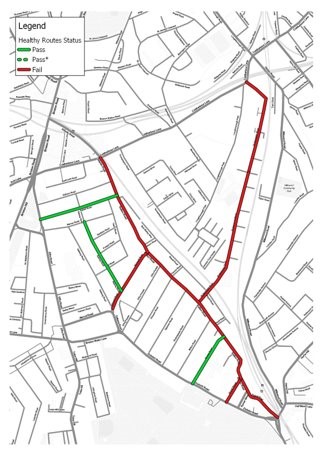
AFTER:
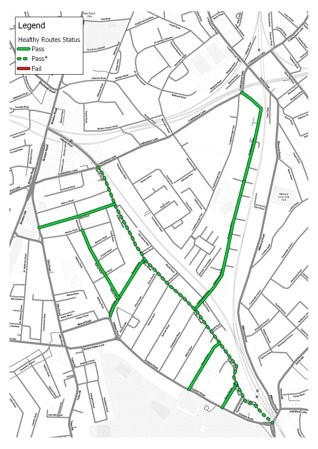
Cycle count data
As with motor traffic volumes, the number of people cycling has also been affected by the pandemic. The Department for Transport’s Road Traffic Statistics estimate a 38% increase in cycling in London in 2020, relative to the average for 2017-2019.
Highlights of the increase in cycling within the Railton LTN are shown in the cycle count maps below. Full data is available in the independent report.
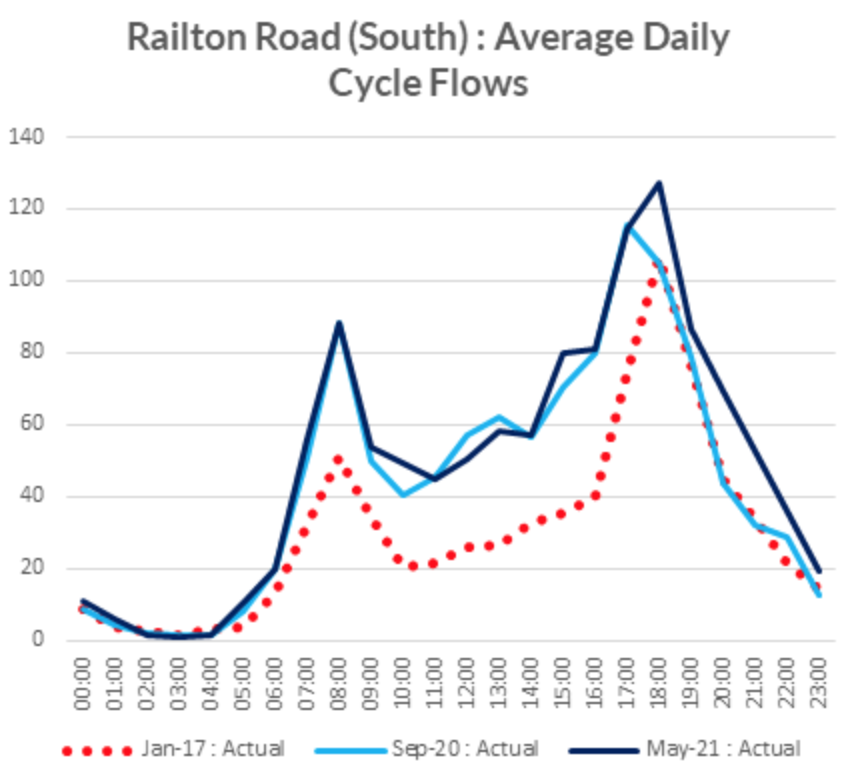
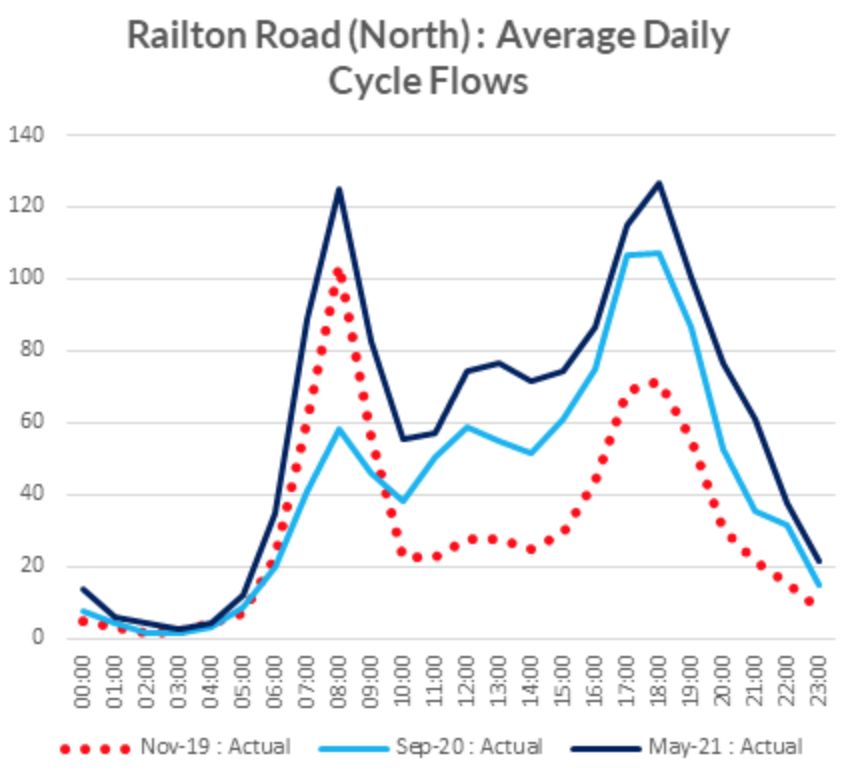
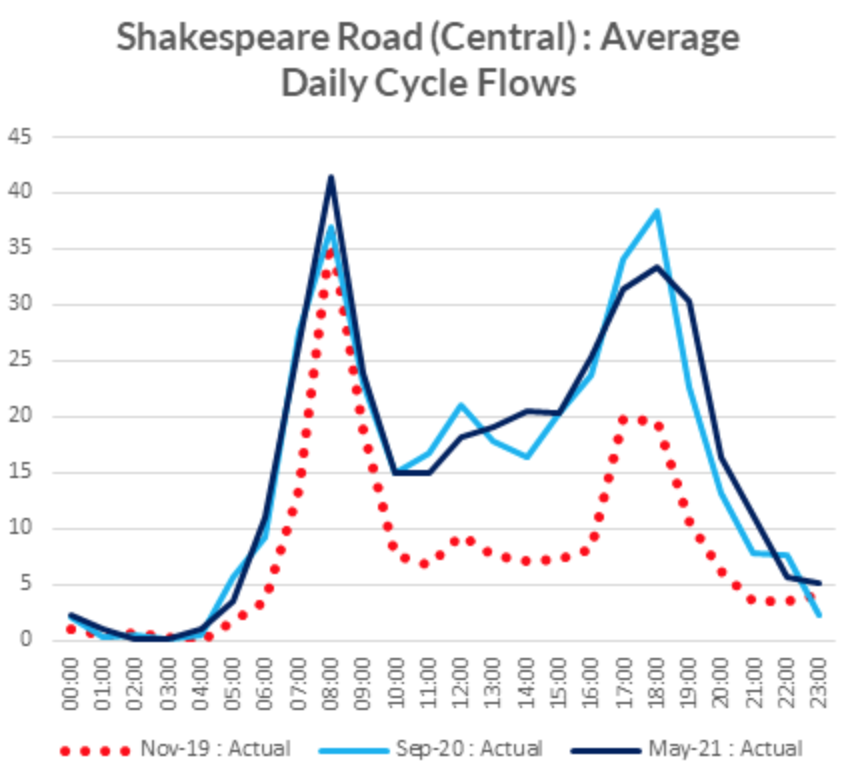
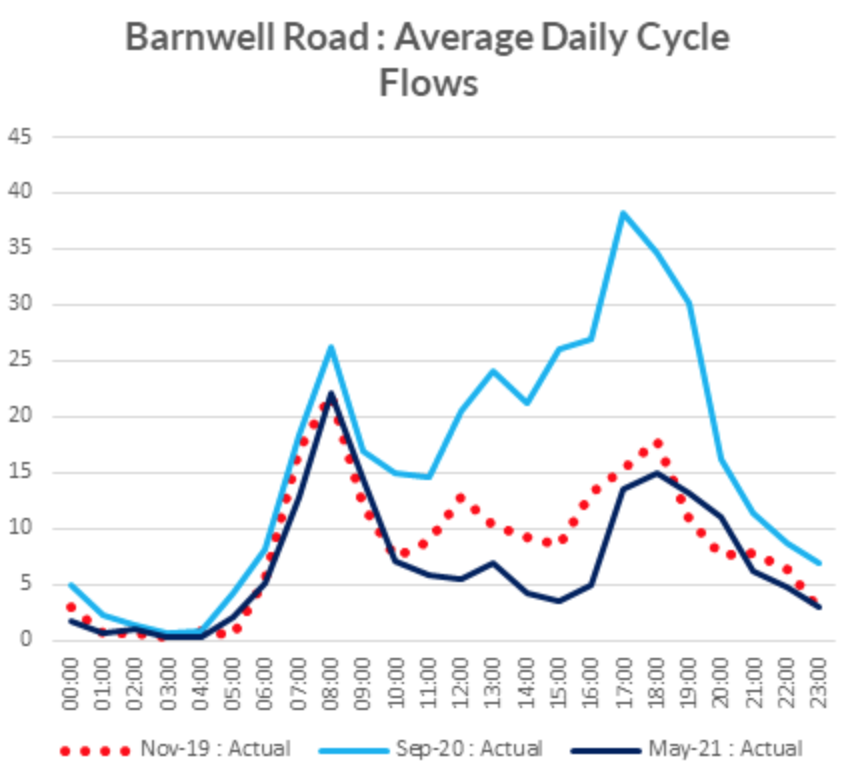

Since the Stage 1 monitoring report was published we have received 56 walking & cycling related emails.
Benefits noted:
Concerns noted:
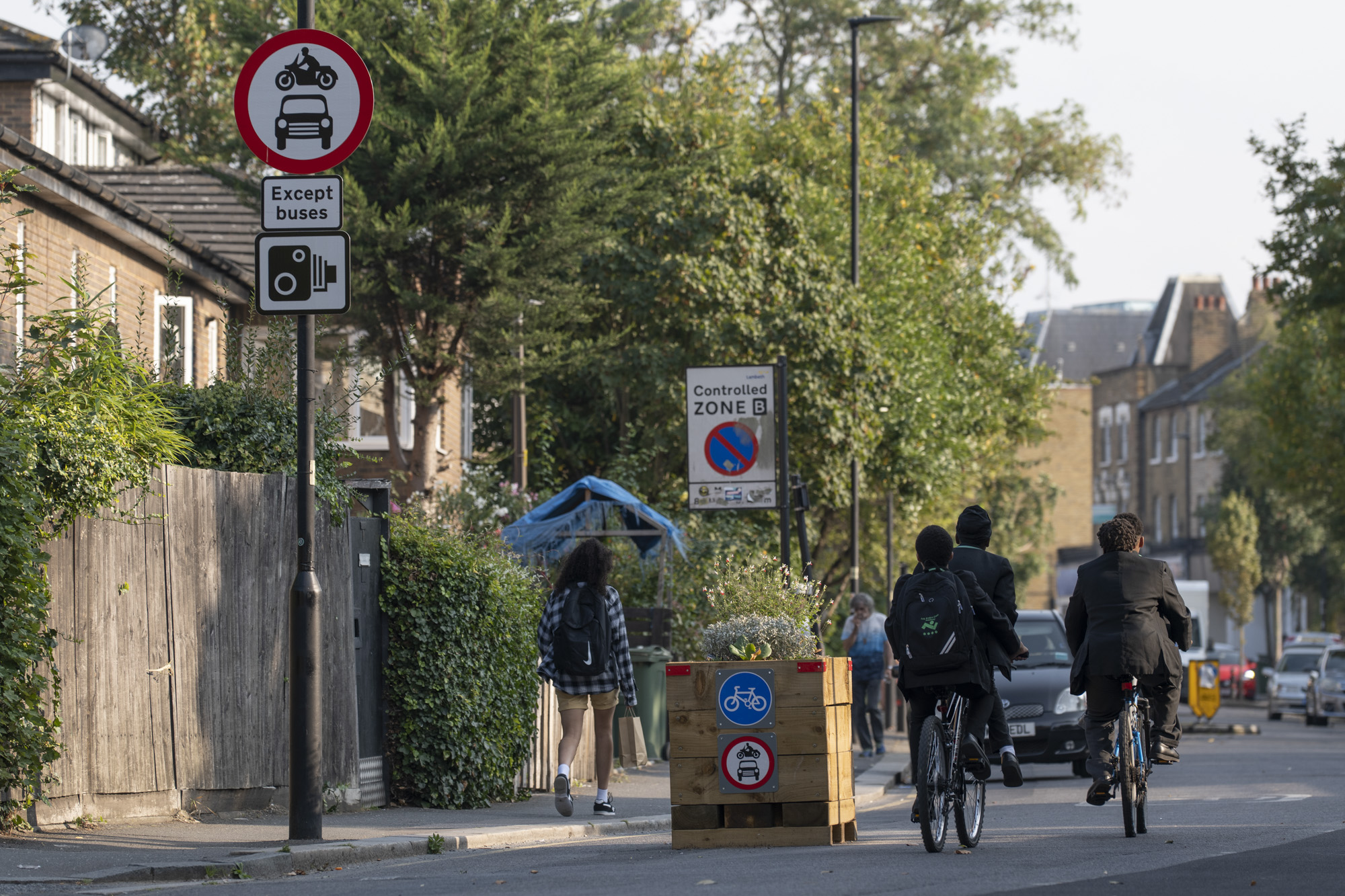
This engagement phase has finished

...
